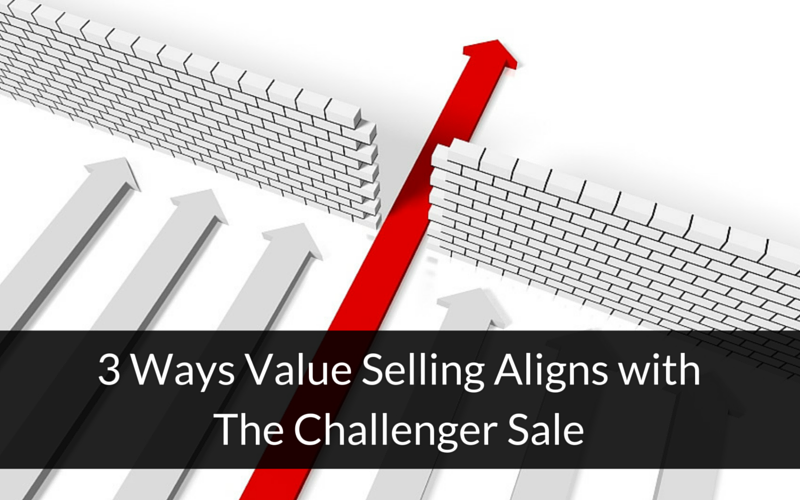
The most successful sales reps focus on understanding the customer's business, especially when it comes to solution selling.
These sales reps engage in what some have now dubbed “The Challenger Sale.”
But what exactly is it and how does it align with value selling?
Let’s take a closer look.
The Challenger Sale
According to Brent Adamson and Matthew Dixon Adamson’s book The Challenger Sale: Taking Control of the Customer Conversation, this is a type of sale in which “the rep teaches the prospect something about their business, tailors their pitch to resonate with customer concerns, and takes control of the sales process.”
The methodology is based on one of the largest sales studies ever conducted, during which it was found that “53% of customer loyalty is driven by the sales experience – not brand, price, service, or even the product.”
This sales experience is largely influenced by a customer’s interaction with the sales rep. “The Challenger” rep has a strong understanding of the customer’s business, a different view of the world, loves to debate, and pushes the customer. In the study, this Challenger style was used by 40% of high sales performers, who were two times more likely to use a Challenger approach, and “more than 50% of all star performers fit the challenger profile in complex sales.”
Now that you know a little bit more about what the Challenger Sale is, let’s see how it aligns with value selling.
3 Ways it Aligns with Value Selling
1. They both know the customer’s value drivers.
Both challenger and value selling have a focus on value over price. While sales reps recognize that price is an essential part of the conversation—and they’re not afraid to breach the subject—the impetus is always on the customer’s value drivers and the value they will receive by solving their problem(s).
2. They both take control of the discussions around pricing and challenge customer’s thinking around the problem.
This point follows the former. By centering the conversation around improving the customer’s business by solving a real problem rather than price, sales reps are able to better control the pricing conversation. Furthermore, if reps have access to value selling tools, they’ll be better able to articulate the value solving the problem will offer.
3. They both continuously create value throughout the sales cycle.
Since both approaches prioritize improving the customer’s business, it makes sense that creating value throughout the sales cycle is essential to each. This ensures that sales reps continue to be helpful and relevant no matter where the prospect is in the buying process. For example, they might provide market insights, technology updates, and help the prospect navigate their own internal buying process.
Conclusion
The Challenger Sale and value selling are aligned in more ways than one. Ultimately, coaching sales reps to stay focused on solving real business problems that create value—both providing it and underscoring it—will better position your team to keep prospects engaged and moving down the funnel.









